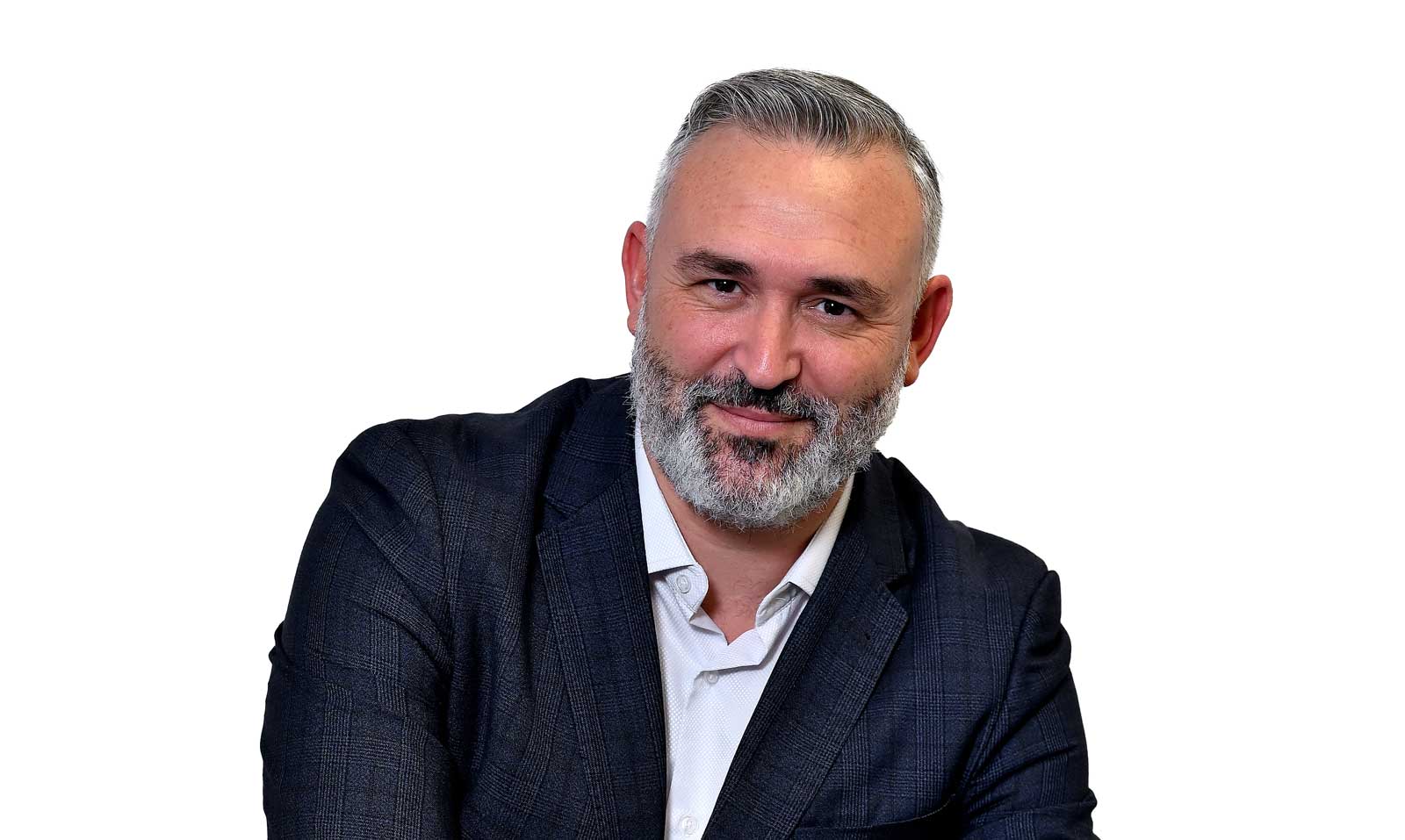The user, key to the success of an eProcurement project
Tradition, years of experience and an unwritten rule tell us clearly that if we do not get those who have to use it on a daily basis to adopt the new eProcurement system, we can forget about cost control and savings. If they have or find an easier way to satisfy their purchasing needs without using eProcurement, they will do it.
The reason is to be found in the interface, since most of these systems focus on the transaction and not on the users, and establish workflows that are far from being automatic, since they do not contemplate the possibility of a purchase or transaction being reduced to a simple click.
For this reason, and when faced with an eProcurement project, the first thing that companies must have clear is a plan to deactivate the traditional opposition to change offered by people in environments where things have been done for a long time in a similar way, perhaps not easily, but based on an established methodology that was efficient. If change is not facilitated, the organization will be unable to achieve cost control in the form and manner that these systems allow. Users will continue to satisfy their needs manually, managers and department heads will have an incomplete view, directors and executives will continue to have very little control over what is spent, and ultimately the entire organization will suffer the consequences and miss multiple opportunities for savings on a daily basis.
This situation occurs despite the fact that encouraging professionals, even the most reluctant, to use an eProcurement system in a determined and constant manner is a relatively simple task if we take into account the variety of options that the company can put on the table when it comes to fundamentally and valorize this change, and that it must also take into account when choosing the solution to implement: the availability of an intuitive interface, the simplification of corporate processes through inductive purchasing and the ease of resolving any incident with a workflow that emphasizes the owner of the transaction.
More intuitive interface
If we want to pave the way for this change and choose an eProcurement system correctly, it must offer an inductive purchasing interface through a more intuitive and compelling user experience. Each process should be presented in a way that closely mirrors a real-world experience for users as much as possible.
The number of clicks, windows and scrolling should be minimized and ergonomics should take precedence. Clutter should be removed from the desktop, shortcuts should only be used where practical, searches should be assisted by progressive selection, and all options should be customizable to the user’s preferences.
Inductive purchases
Corporate purchasing standards and processes are often overly complex, especially for those who do not make purchases for the company on a regular basis. If we want our eProcurement system to work and be effective, it is necessary that it guides and leads the buyer through an assisted process, that allows to comply with all the corporate rules and regulations without the user having to learn or remember them, and that satisfies the user’s needs in terms of what he/she wants to buy, offering a wide range of possibilities.
It is also a matter of managing restrictions, without making them visible and offering multiple options. And this includes the ability to shop outside of corporate catalogs or established contracts, as well as access to external eMarketplaces or specific supplier websites where the user knows they will find what they need.
The owner of the transaction
It is also worth mentioning another basic feature of our eProcurement, which will simplify the process of adopting or eliminating purchases through manual procedures. It is about the total visibility of the origin of the transaction for each of the possible figures or parts of the process, whether it is a simple request, a complete purchase order, request for quotation or tender, etc. All issues that may arise during the lifetime of each of these will come back to the owner, whether it is an inquiry from the approver or troubleshooting an invoice, through an electronic workflow. This way everything can be done in a more agile way, since bottlenecks and other problems are eliminated by the easiest route: the owner or creation of the transaction.
Learn more about how to choose the right eProcurement system and how you can automate and transform your company’s critical purchasing and expense control processes.
Written by BDI Comunicación for aggity
Últimos posts

IBM Think 2024 bets on Generative Intelligence and It Automation solutions

aggity participates in the “Mobility Dialogues” meeting organized by IN-MOVE by Railgrup

aggity appoints Diego Viudes as new commercial director for the spanish business

Key developments in green innovation

Aggity signs a commercial agreement with Sener to address energy efficiency and decarbonization projects in the industrial sector.

“Sustainability, without data, is simply a pipe dream.”

Improvements in corporate data protection





